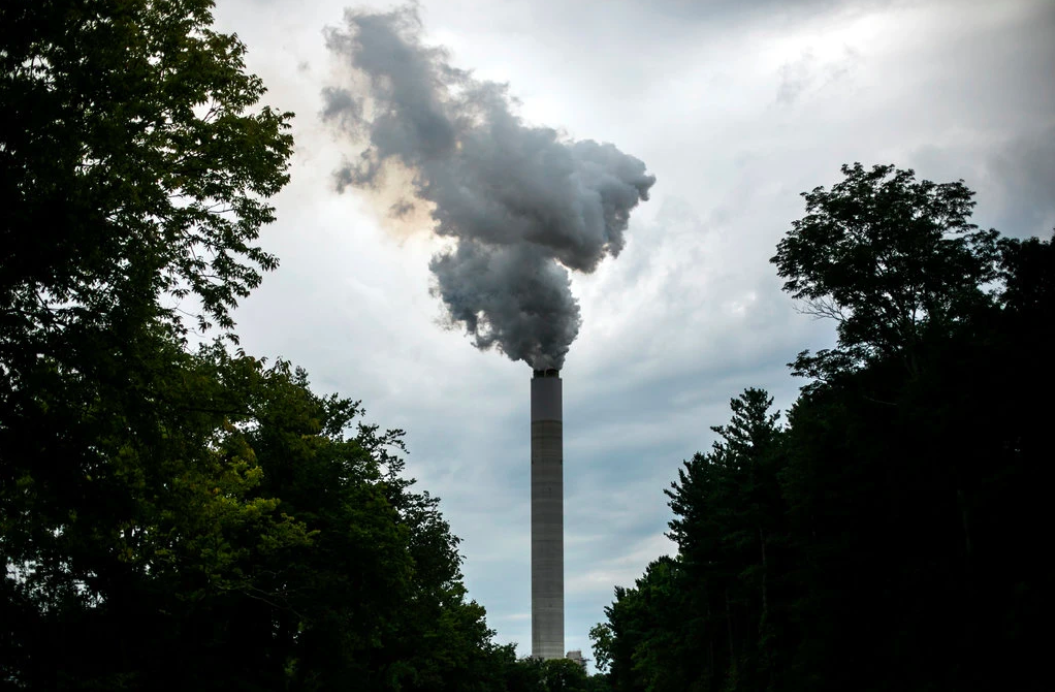Back in October, President Trump tweeted a bastardized WHO (World Health Organization) map that purported the U.S. had the cleanest air in the world. Although the U.S. has cleaner air than more populated countries in Asian and African regions, it is far from unpolluted, and farther from innocent.
The original WHO map displayed the levels of PM2.5 around the world. PM stands for particulate matter, and PM2.5 denotes small, but inhalable, particles present in the air that can cause serious health issues. PM2.5 comes from coal power plant emissions, automobiles, wildfires, and other sources. The EPA set the National Ambient Air Quality Standard (NAAQS) for PM2.5 at 12μg/m3 in 2012. The current average for the Northeast region in the United States falls beneath 12. However, in the West and the Rockies, the PM2.5 rises above the standard.
The EPA says, “Despite great progress in air quality improvement, approximately 111 million people nationwide lived in counties with pollution levels above the primary NAAQS in 2017.” According to Apte Research group, the levels of PM2.5 in the air reduce life expectancy one whole year on average. Of course, that average considers the best and worst air quality regions. The Apte Research Group reports life expectancy can be reduced by 0.4 years in the cleanest countries and 1.8 years in the most polluted.
Throughout the Obama administration, the U.S. took steps to create regulations to reduce PM2.5, however, in the wake of Andrew Wheeler’s appointment as director of the EPA, regulations are being rolled back, or in some cases, retrospectively revised. In October, the EPA discontinued its air pollution review panel, which makes regulations revisions easier to achieve.
Despite the looming government shutdown, the EPA on December 28, proposed a revision to the Mercury and Air Toxics Standards (MATS). The proposed guideline revision would reduce public health as a factor in determining dangerous air pollutants. The Washington Post reported, “the change would prevent regulators from calculating positive health effects — known as “co-benefits” — that come from reducing pollutants other than those being targeted.”
Evidence suggests that Mercury restrictions prevent an average of 11,000 premature deaths and 4,700 heart attacks annually amongst workers. However, the EPA’s actions now suggest, “it was inappropriate to factor in such co-benefits.” The irony is the EPA’s mission is to protect human health and the environment. It seems Andrew Wheeler is struggling or doesn’t care enough to follow the compounding effects of air pollution. Perhaps all the PM2.5 in the air is making his thinking hazy.
The correlations are clear, greenhouse gases are the largest emitter of PM2.5. PM2.5 pollutes the air, is hazardous to breathe, and reduces life expectancy. Now is NOT the time to turn back on progress, but to continue building awareness and understand the effects of air pollution on human health in order to live long healthy lives.
Written by Mollie Wodenshek for FutureAir
References
Apte JS, Brauer M, Cohen AJ, Ezzati M, Pope CA III, “Ambient PM2.5 reduces global and regional life expectancy,” Environmental Science and Technology Letters, 2018.
Dennis, Brady and Eliperin, Juliet, “EPA to make it harder to tighten mercury rules in the future,” The Washington Post, 2018.
Guillén, Alex, “Trump touts U.S. air quality — under Obama,” Politico, 2018.
Sengupta, Somini, “Air Pollution Is Shortening Your Life. Here’s How Much,” The New York Times. 2018.
The United States Environmental Protection Agency, “Particulate Matter (PM2.5) Trends.”
Photo
Cheshire, Ohio. Captured by Maddie MgGarvey for The New York Times.

